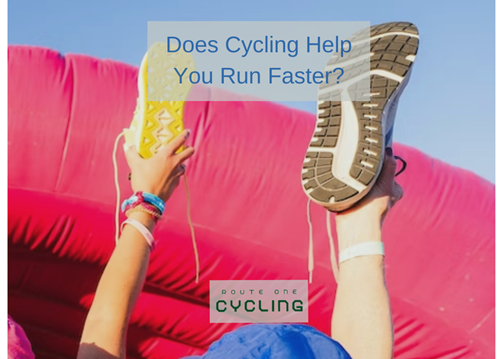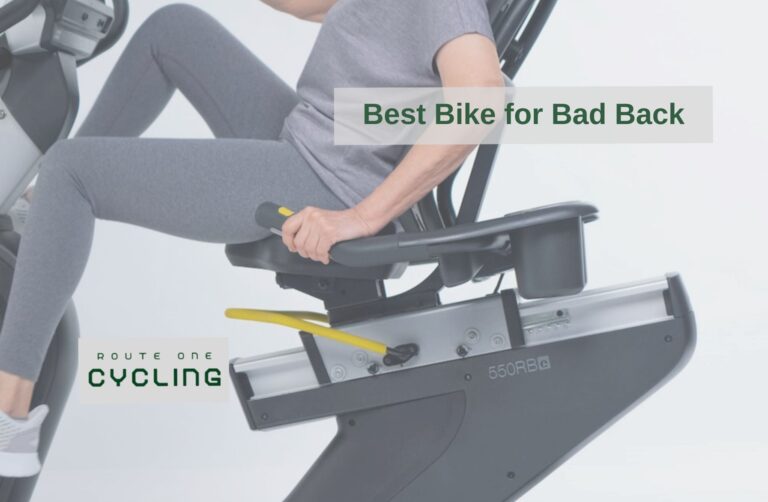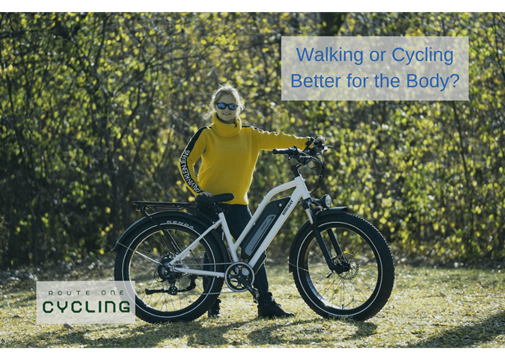How to Engage Core when Cycling
There are a ton of reasons why cyclists want to understand how to engage core when cycling:
- Lower Back Support: By engaging the core while cycling, you are supporting the lower and upper back. This fends off possible injuries in the upper back, the neck and the shoulder girdle
- Muscle Toning Affect:When your core is engaged, it has a radiative affect on the rest of the body to support itself. This means that your legs, arms, lower and upper back will engage as well to maintain a healthy and supported ride while cycling.
- Posture: One of the main reasons why cyclists find themselves moving quicker, more alert, and less prone to falling, mistakes or injury is that their posture is correct keeping them agile at all times
- Bike Speed: With your core engaged, you will move quicker with your bike as you take yourself through the ride. Your bike will fit better, your legs will connect to the pedals at a more effective angle, and your body will drive your legs down at an optimum position to generate more wattage.
Overall, when your core is engaged, your ride will just ride better. Here is how to engage your core when cycling.
In this post we will go over core engagement, and exercises to help with core engagement while cycling. We will also discuss if you should actively focus on engaging your core while riding, or if there are other things that you should focus on while leaving that idea running in the background.
Before moving forward, all of this is built upon the assumption that your bike fits you properly and if not, that you know where to go if your bike does not fit you properly.
Invest in your knowledge:
If you are reading this post, then these others may be of use to you to learn more about the bicycle and the body that you are in:
- Everything you Need to know about cycling and lactic acid
- Why are cyclists so skinny?
- Why Do Toes Go Numb When Cycling?
- Should I Cycle for Distance or Time?
- Can I Use Fitbit While Cycling?
Core Training for Cyclists:
It’s important to train the core off the bike because this is where you can focus on specific muscles within the body that will automatically engage when you are on the bike. There are five main muscles that you are training:
- Pyramidalis
- Rectus Abdominus
- External Obliques
- Internal Obliques
- Transverse Abdominis
How to Engage Core When Cycling?
There are two main muscles that you need to do to focus on engaging your core when cycling. What’s most important but gets the least attention for both runners and cyclists is engaging the pyramidalis. This is one of the smallest muscles within the core group, but the most important for building support within the inner most body. The second muscle group is the rectus abdominis and the transverse abdominis.
How to engage the pyramidalis while cycling:
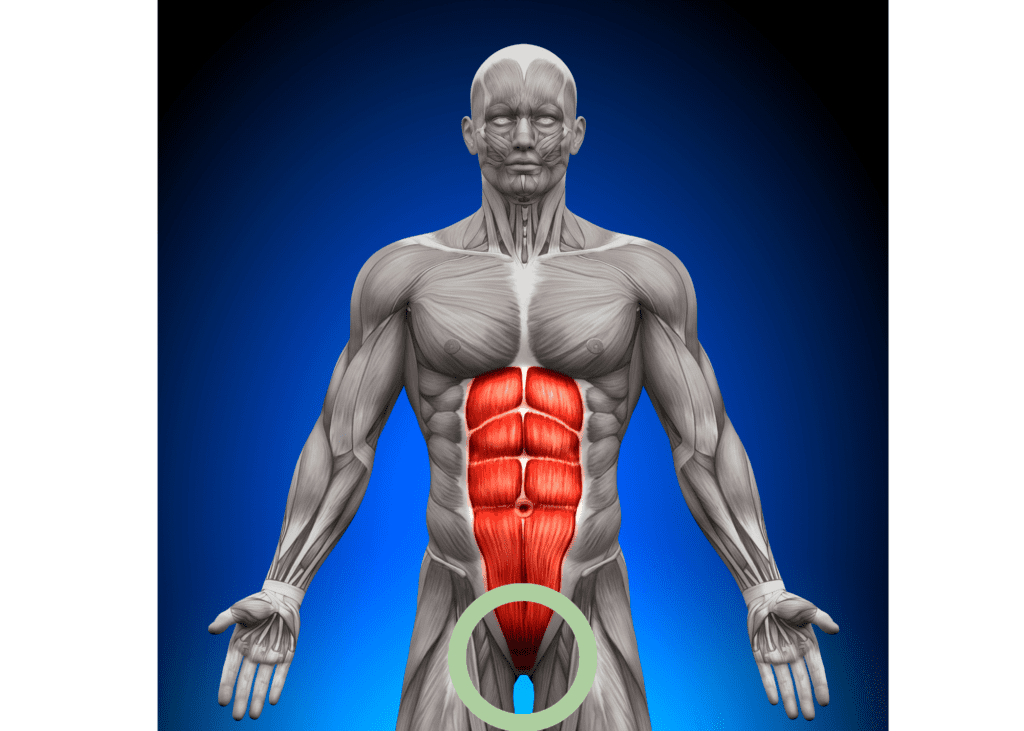

To engage the lowest most supportive muscle, you can do while sitting down reading this post right now:
- While sitting down, we are sure there are times when you need to urinate, but you decide to hold it.
- Go through that motion consciously of what you do when you are attempting to hold “it” in.
- This is the flexing and ultimate support of the pyramidalis. Now when riding, focus on flexing the pyramidalis, and you will notice a far more supported and balance feel while on the saddle.
How to engage the Rectus Abdominus and Transverse Abdominis while cycling:
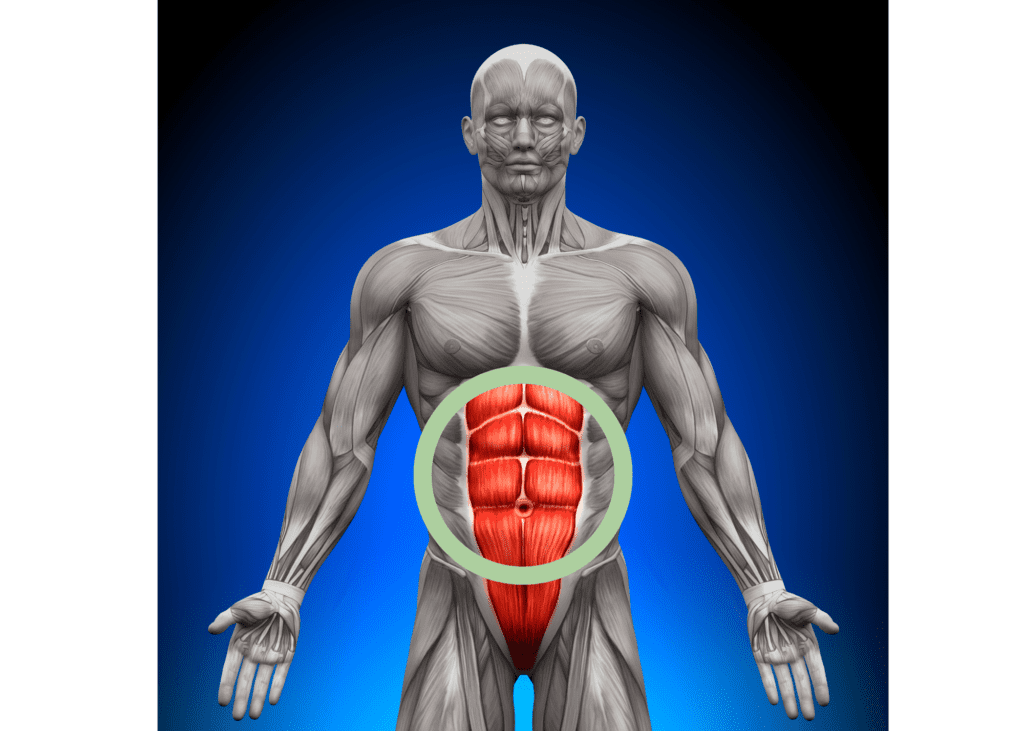

To engage these front facing and internal muscles:
- Engage the area around your belly button and pull it (first) inward, then (second) upward.
- Do not focus on flexing the muscles to look as if they are a 6 pack.
- What is most important is that the body is engaged. The toned muscles will come later over time.
Should I focus on engaging the core while cycling?
Focusing on engaging the core is a good exercise to work with from time to time, though it is not recommended that this be the main thing that you focus on while cycling. It is better served of your time to focus on strengthening and developing the core while off the bike. To get the most out of training, it is recommended to train your core at least 15 minutes after your ride when your core is warmed up and prepared for engagement.
There are other items that would better serve you to focus on while you’re riding:
- Traffic: Keep yourself safe to make sure that you are not endangering yourself or others around you.
- Leg drive: The core of cycling. If your core is at a regulated level where it is able to engage on its own, this will be what moves the needle for you as a cyclist.
- Correct Breathing: Breathing the correct way will keep you moving in the long run. Oddly enough, breathing correctly will lend itself to cycling with an engaged core.
Conclusion
Do you want to know how to engage core when cycling? It’s very simple and easy. By following the steps in this post, you can find yourself with a healthier posture, a more limber body and less prone to injury. You also can do exercises off the bike to improve leg and core strength to move yourself with more nimbleness and stability.

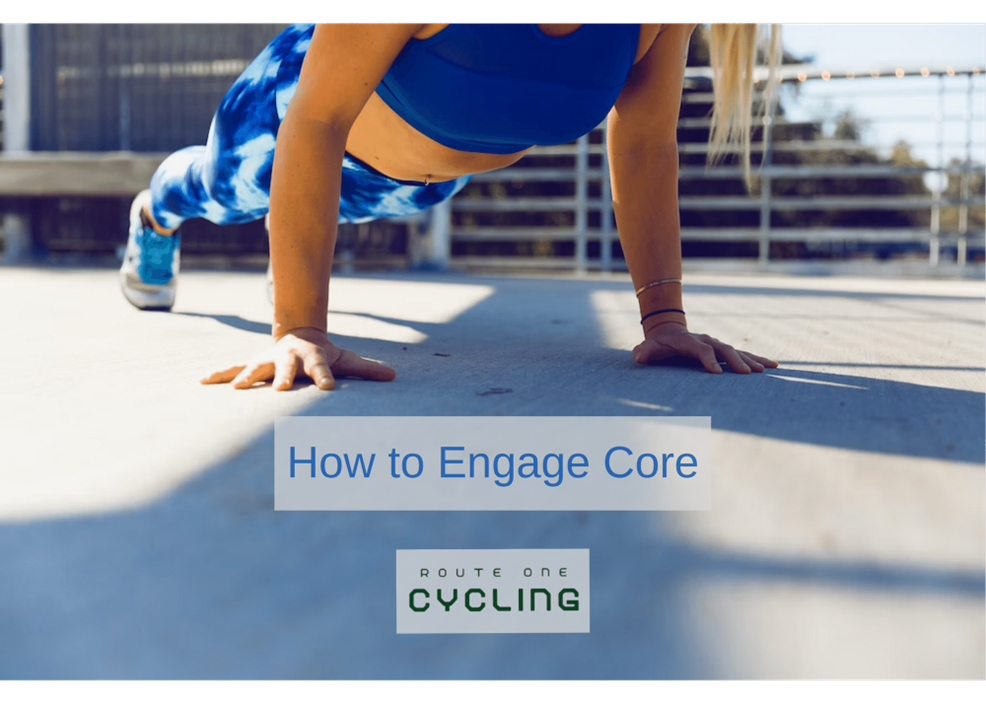
![How much Cycling to Burn 2000 Calories [+ Other Weight Loss Guides]](https://routeonecycling.com/wp-content/uploads/2023/05/how-much-cycling-to-burn-2000-calories1-768x548.png)

